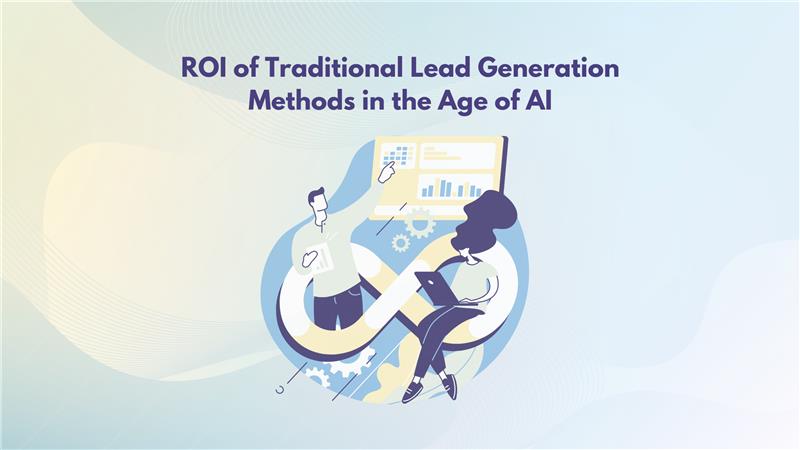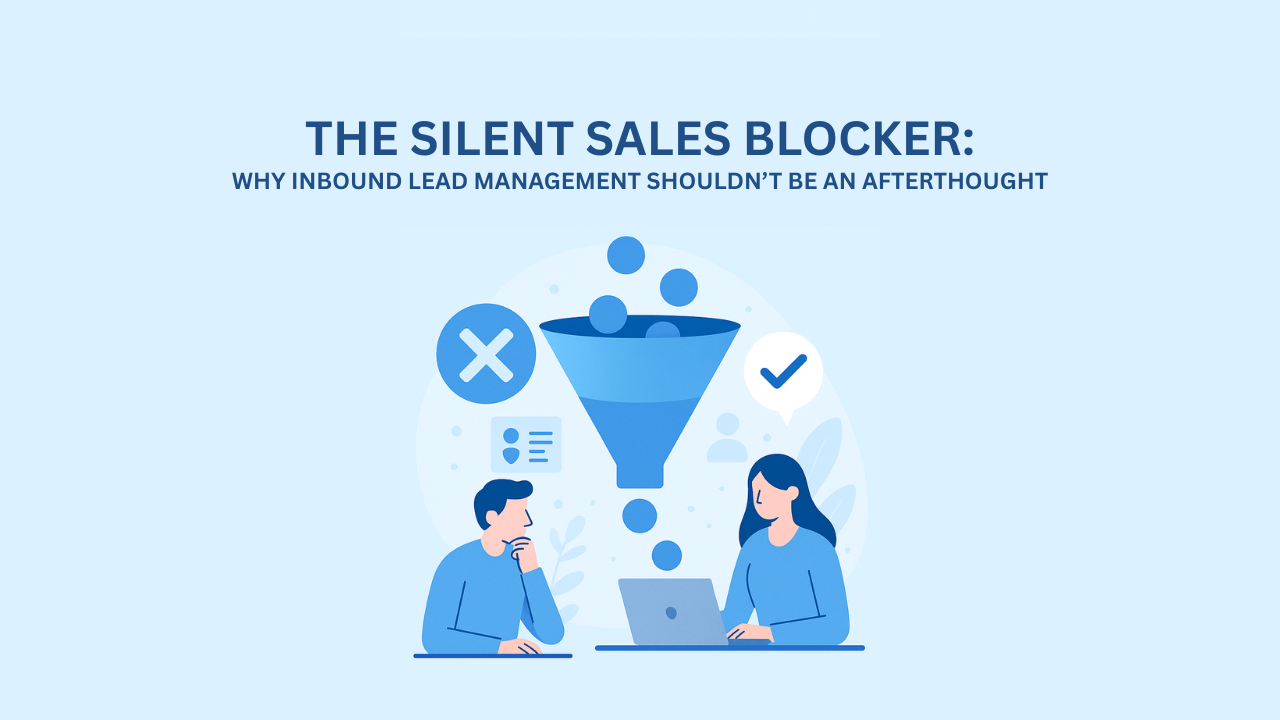
4 important yet often overlooked pillars of B2B demand generation success
The B2B Marketing landscape is changing at a rapid pace. Technology and Big Data are continually forcing marketers to reevaluate their sales and customer acquisition strategies to remain relevant and engaging. The pursuit of ‘digitization and automation’ agenda is enabling these marketers in transforming their plans, grow outside their traditional markets and channels.
With the advent of big data, B2B eCommerce and sophistication of channels, very soon, B2B marketers would be asked to expand on their marketing capacities and bolster sales.
However, today’s B2B marketers have diverse backgrounds ranging from marketing to technology, public relations to journalism; digital to sales and much more. They’re expected to glaze through customer data, churn numbers while blaze through content, they love reading! This makes the conventional challenges, more complex.
Challenges such as; zeroing on the right buyer persona, selecting the right data vendor or acquisition strategy, selecting the right lead gen and nurturing tactics, measuring and tracking their effectiveness, optimizing them further for better results and the list goes on.
Let’s discuss the ones, which are more pertinent and have a higher impact in terms of success/failure of various demand gen campaigns and techniques used.
Quality of (Data) B2B Leads
There is no doubt that Bad input (data) produces bad output (campaigns, and ultimately the results). Demand Gen marketers can’t afford to be apathetic when it comes to lead (data) quality. There is a huge opportunity cost associated with having ‘bad data’. Poor quality would not only waste marketer’s lot of time and resources in rectifying it but would risk their competitive advantage in reaching out to right prospect ‘first’!
Also, this doesn’t only apply to the leads’ data you acquire, but also to the data you own and have inherited through multiple channels in past. Marketers must find out ways and frequency with which they should validate and verify the data attributes.
Using technology and human intelligence independently has its own disadvantages. While the tools can provide efficiency and scale, they cannot provide intelligence derived through custom modeling. Understanding the intricate technicalities of every industry and use cases have their own benefits while they may affect time and decision making significantly.
Volume
B2B Marketers deal with the rule of probability and as far as the leads/data go, more is always the better. Every data set comes tagged with its own accuracy and probability to convert or not. Hence, marketers of our time rely on multiple sources and channels to procure data. Once procured, the idea is to check the accuracy and an appropriate messaging and channels to reach. A lot of marketers also look for data aggregators, who’ll not provide them the right volume but also the data with high accuracy and verified through multiple sources to avoid drain!
Marketers also look to integrate distinct APIs to collect and collate data through multiple sources. Marketers can discover leads data and their multiple attributes from a variety of sources such as; company websites, social media platforms (LinkedIn, Twitter, Facebook, etc.), Google DNS, Google Locations, industry directories such as; Yelp, CrunchBase, Yellow Pages and AI-powered assistants such as, Alexa and Google.
Insights
As a marketer or demand gen practitioner, you’re no longer leading a three-piece band but spearheading a lead generation orchestra that can easily sound ‘discordant’ without a vital instrument. As a marketer or data scientist, you’ve got an opportunity to fine-tune the inefficiencies of acquired data, which is crucial but often overlooked, courtesy too much focus on digital marketing (inbound) leads.
The fine-tuning process starts with appending or enriching the lead data. Add attributes that facilitate correlation amongst various data points and help collect the analytical insights. These insights can not only help in fine-tuning the demand gen campaigns (Segmenting, targeting and messaging) but most importantly help in creating custom modeling, predictively scoring leads and generating customer insights that drive revenue.
End-to-End Support
With ‘Managed Services’ approach mushrooming through industries and use cases; demand generation domain has somewhat acted as an exception. Through the ‘demand gen value chain’, you’ll find plenty of database providers, specialists who’ll provide sales and marketing intelligence or those traditional creative agencies who’d run demand and digital campaigns on your behalf.
However, there are hardly any vendors who’d provide you ‘end-to-end support’ through the entire demand gen value chain. Someone who’d be specialist in ‘Demand Gen’ domain as a whole! With plenty of sources yielding to enterprise’s leads pipeline and sales cycles extending from weeks to months, the need for a vendor who’ll manage this vital sphere end-to-end is bound to increase.
As important as Demand Generation is, creating it and sustaining it has become one of the biggest challenges facing the Modern Marketers. There is no doubt that demand generation activities must be well orchestrated and delivered in a multi-channel environment via a combined Human-Tech approach.
Messaging and targeting strategies must be so well defined and integrated that the customer or prospect receives the unified, yet a tailormade experience across all the channels; an experience that triggers action, an experience that converts a prospect into a customer.

ROI of Traditional Lead Generation Methods in the Age of AI

In today’s hyper-connected B2B environment, companies invest thousands, sometimes millions, into driving traffic, generating content, running campaigns, and getting potential buyers to raise their hands.
But what happens when those inbound leads actually do show up?

AI is rapidly changing the sales landscape, automating outreach, personalizing engagement, and handling routine tasks at scale. But does this mean the traditional Sales Development Representative (SDR) role is becoming obsolete?